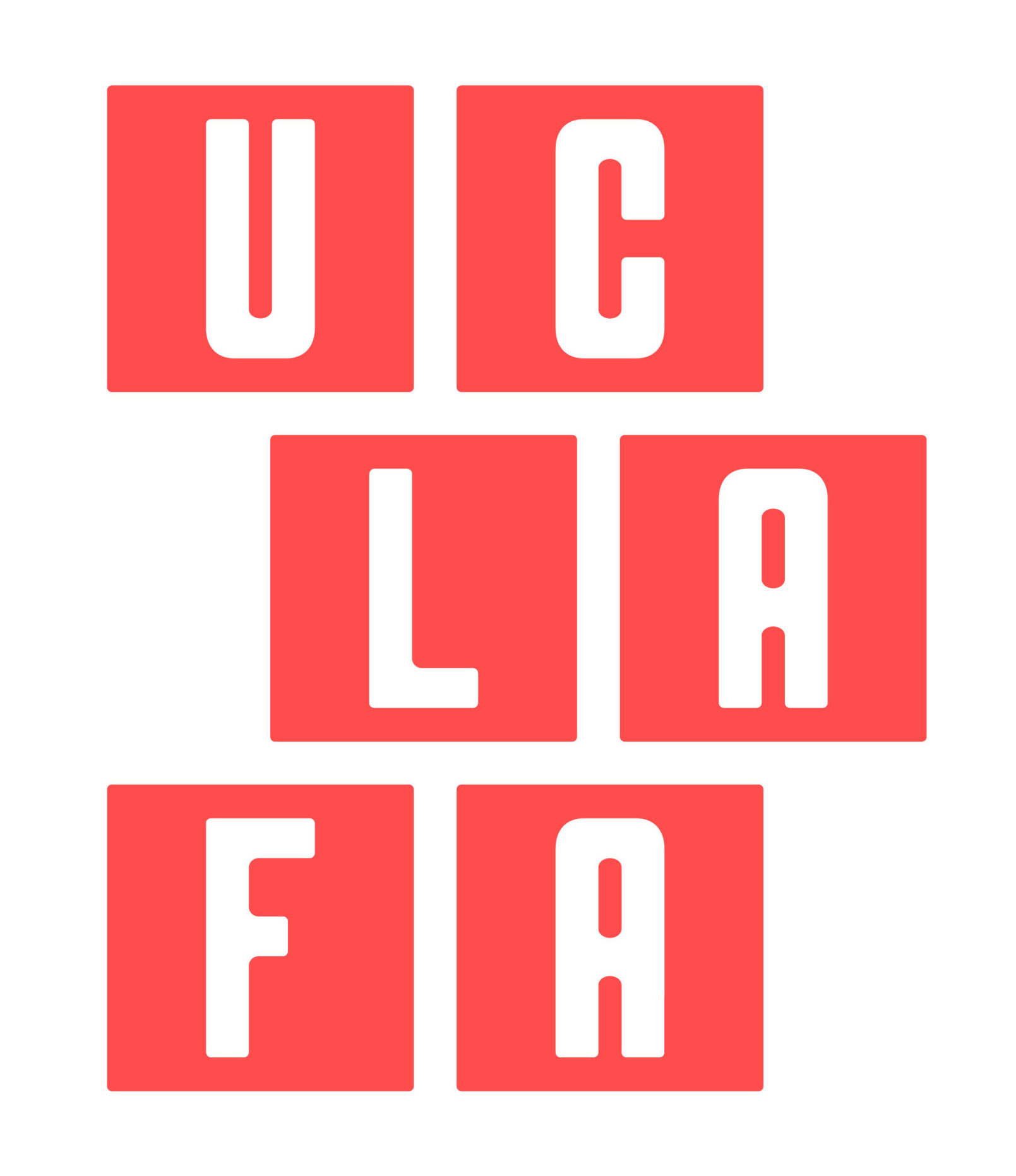Font of Wisdom
 Use PowerPoint in class? Research suggests using hard-to-read fonts will increase student learning. (Of course, your teacher ratings will suffer when students complain.) See below:
Use PowerPoint in class? Research suggests using hard-to-read fonts will increase student learning. (Of course, your teacher ratings will suffer when students complain.) See below:
…New research finds that people retain significantly more material – whether science, history or language – when they study it in a font that is not only unfamiliar but also hard to read…
In a recent study published in the journal Cognition, psychologists at Princeton and Indiana University had 28 men and women read about three species of aliens, each of which had seven characteristics, like “has blue eyes,” and “eats flower petals and pollen.” Half the participants studied the text in 16-point Arial font, and the other half in 12-point Comic Sans MS or 12-point Bodoni MT, both of which are relatively unfamiliar and harder for the brain to process.
After a short break, the participants took an exam, and those who had studied in the harder-to-read fonts outperformed the others on the test, 85.5 percent to 72.8 percent, on average.
To test the approach in the classroom, the researchers conducted a large experiment involving 222 students at a public school in Chesterland, Ohio. One group had all its supplementary study materials, in English, history and science courses, reset in an unusual font, like Monotype Corsiva. The others studied as before. After the lessons were completed, the researchers evaluated the classes’ relevant tests and found that those students who’d been squinting at the stranger typefaces did significantly better than the others in all the classes – particularly in physics.
“The reason that the unusual fonts are effective is that it causes us to think more deeply about the material,” a co-author of the study, Daniel M. Oppenheimer, a psychologist at Princeton, wrote in an e-mail. “But we are capable of thinking deeply without being subjected to unusual fonts. Think of it this way, you can’t skim material in a hard-to-read font, so putting text in a hard-to-read font will force you to read more carefully.” …
Full article: http://www.sfgate.com/cgi-bin/article.cgi?f=/c/a/2011/04/30/BU9B1J32JG.DTL#ixzz1L6vVFyJV
Better yet, you can write on the board in script:
For centuries, cursive handwriting has been an art. To a growing number of young people, it is a mystery. The sinuous letters of the cursive alphabet, swirled on countless love letters, credit card slips and banners above elementary school chalk boards are going the way of the quill and inkwell. With computer keyboards and smartphones increasingly occupying young fingers, the gradual death of the fancier ABC’s is revealing some unforeseen challenges…
Students nationwide are still taught cursive, but many school districts are spending far less time teaching it and handwriting in general than they were years ago, said Steve Graham, a professor of education at Vanderbilt University. Most schools start teaching cursive in third grade, Professor Graham said. In the past, most would continue the study until the fifth or sixth grades — and some to the eighth grade — but many districts now teach cursive only in third grade, with fewer lessons.
“Schools today, we say we’re preparing our kids for the 21st century,” said Jacqueline DeChiaro, the principal of Van Schaick Elementary School in Cohoes, N.Y., who is debating whether to cut cursive. “Is cursive really a 21st-century skill?”
With schools focused on preparing students for standardized tests, there is often not enough time to teach handwriting, educators said…
Full article at http://www.nytimes.com/2011/04/28/us/28cursive.html
